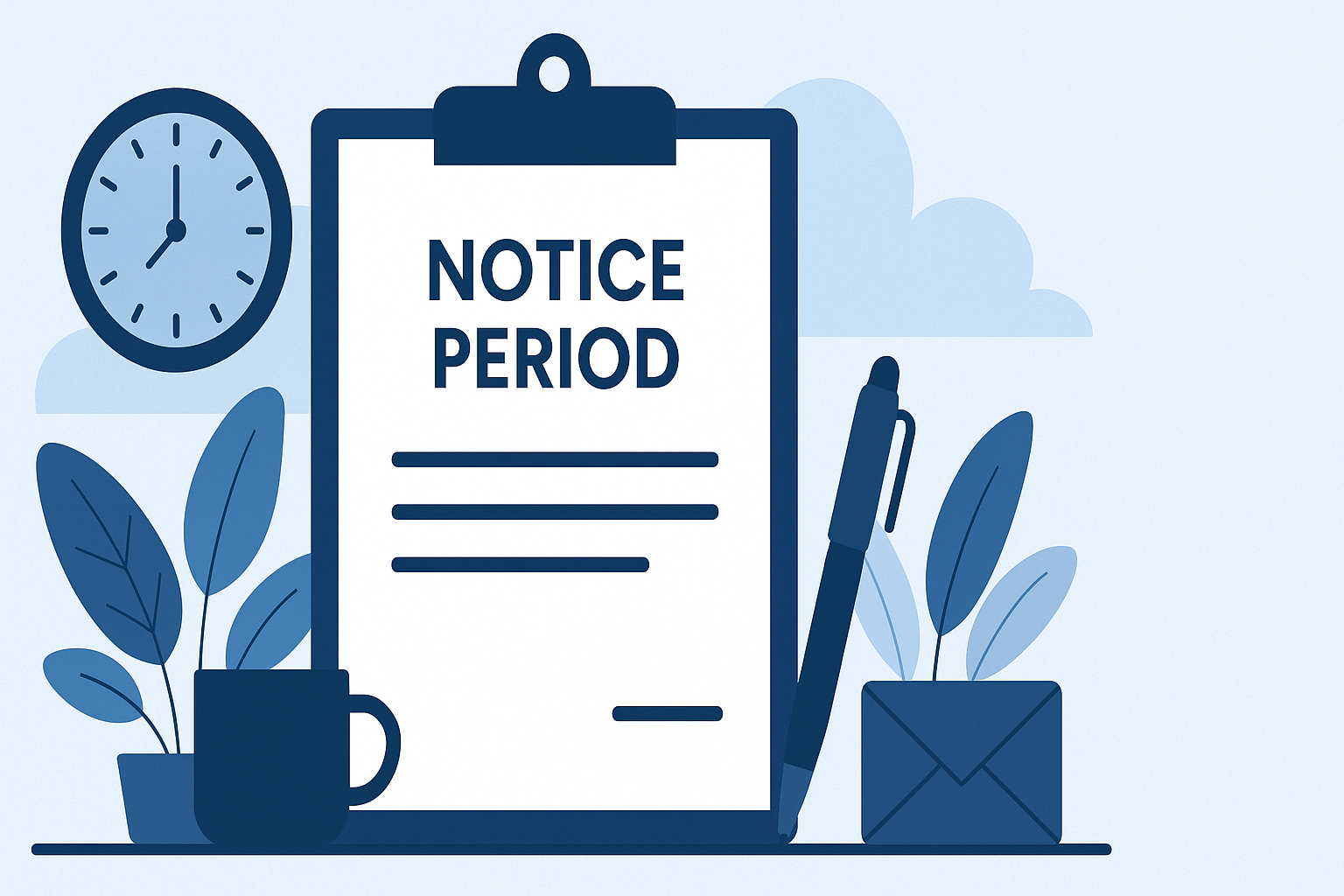Challenges surrounding leave management are among those almost universally shared by companies. Underutilization of paid leave contributes to employee anxiety and negatively impacts their well-being. This is down to the fact that staff have to take time off, whether planned or unplanned, so a few issues are inevitable without an effective leave management process. That being said, while this is true, some leave management challenges are entirely avoidable, if the root causes of them are examined and identified.
So, with that in mind, here are some of the biggest leave management challenges that companies face and how to potentially solve each of them.
The Importance of Effective Leave Management
Effective leave management is the backbone of a harmonious workplace, driving both employee satisfaction and business success. Ineffective leave management can lead to unhappy employees, contributing to higher turnover rates and lower employee satisfaction. A well-structured leave management process not only simplifies the complexities of managing employee leave but also significantly reduces administrative burdens. By implementing an effective leave management system, organizations can ensure that staffing requirements are met without compromising on employee trust and satisfaction. This, in turn, fosters a positive work environment, reduces turnover rates, and boosts overall productivity. Moreover, compliance with labor laws is seamlessly maintained, safeguarding the organization from potential legal pitfalls. In essence, a robust leave management system is pivotal in fostering employee satisfaction and ensuring smooth business operations.
The HR bottleneck for HR professionals
A common leave management challenge is when a company lacks efficient leave management and has a system that’s too dependent on their HR personnel. In other words, when you have a set of leave management processes that all require the involvement of someone in HR to work efficiently.
For instance, let’s say you have a system for booking annual leave in which an employee has to contact HR directly about taking time off. Someone in HR will then potentially have to check the holiday calendar to see who’s already due to be off, contact the employee’s line manager for approval, and then get back to the employee with a decision. Plus, said HR office will need to record the dates in the calendar and update said employee’s annual leave balance. And, of course, this process is prolonged further if the date isn’t available, management doesn’t approve the time off, or if anyone involved in this process isn’t available to reply. Not only does a system like this have unnecessary steps, it also needlessly involves HR – who could be working on something of greater benefit to the business as a whole.
A centralised absence management system, in contrast, allows employees to see the holiday calendar and if their proposed dates are available, which means they won’t make a request unless they’re actually free. Better still, the system will notify their manager that a request requires their attention so they can go in and approve it. In such a scenario, HR is removed from the situation completely – and so is the bottleneck.
Confusion over remaining annual leave balance highlights leave management challenges
Another frequent problem is your employees being unsure about how much annual leave they have left, which complicates the management of employee leaves. This can also lead to them needlessly contacting HR to find out. Now, while this won’t take long for one employee, it can start to add up when you factor in all your staff over a period of time. Employees often remain uninformed about leave policies and their leave balances, causing dissatisfaction and reducing their likelihood of taking necessary time off. A more significant consequence, however, is that an employee is less likely to take, potentially much needed, time off if they’re unsure of how much they have left.
Worse still, what if an employee is convinced they have more annual leave left than HR has in their records? If your leave management system calls for HR to manually amend an employee’s leave balance after booking in their dates, it’s prone to human error. Although it’s a simple mistake, if it’s not rectified quickly, it can lead to unnecessary disputes, which are bad for morale. In an online leave management system, on the other hand, an employee’s annual leave balance is automatically updated when they book annual leave. This gives your HR department one less responsibility, removes a reason for potential conflict, and gives your staff greater clarity and control concerning their time off.
Consequences of Ineffective Leave Management
The repercussions of ineffective leave management can be far-reaching and detrimental to any organization. When leave management is poorly handled, it often leads to decreased employee satisfaction and higher turnover rates, as employees feel undervalued and overburdened. Additionally, compliance issues may arise, resulting in potential legal troubles and financial penalties. Payroll errors become more frequent, leading to disgruntled employees and wasted resources. Ineffective leave management can also cause understaffing, especially during critical business periods, leading to productivity lags and operational inefficiencies. Furthermore, the HR department may become overwhelmed with leave-related queries, diverting their focus from strategic initiatives. Ultimately, organizations that neglect proper leave management risk reputational damage, financial losses, and a decline in market competitiveness.
Harder to manage resources when managing employee leave
While some companies struggle to stay on top of their staff’s annual leave balances, others fail to keep track of which employees are off on a given day! This could result from not properly recording the date in the calendar, having multiple calendars, employees being given time off without following the proper process, or other human error.
Now, while this is good news for the employees who are off, it’s not so great for the business – as you could be left short-staffed. This is even more of a problem if it’s a particularly busy period for your company and you could have really done with the manpower.
Conversely, when you’re aware of who has time off at any given time, each team member can better manage their available resources and make arrangements if it looks like you might need reinforcements. This could include hiring temp workers or borrowing staff from other teams, departments, or other branches – options that become less feasible the less notice you have.
A leave tracking system with a centralised calendar solves this problem, as it guarantees that everyone has access to the same up-to-date information. Better yet, it makes it impossible for HR or management to approve annual leave without seeing everyone else who’s already booked time off.
The Role of Technology in Leave Management
In today’s digital age, technology is a game-changer in the realm of leave management. Leveraging leave management software can revolutionize the way organizations handle leave requests, approvals, and tracking. By automating the leave request process, technology minimizes human errors and accelerates approval times, ensuring a seamless experience for both employees and managers. Leave management systems provide real-time insights into employee leave balances, promoting transparency and empowering employees to plan their time off effectively. Additionally, these systems help organizations stay compliant with labor laws, reducing the risk of legal issues. The administrative burden on HR professionals is significantly reduced, allowing them to focus on more strategic tasks. Ultimately, integrating technology into leave management not only enhances efficiency but also fosters employee satisfaction and improves overall productivity.
Solutions for Effective Leave Management
Implementing a leave management system can be a game-changer for organizations looking to streamline their leave request process and reduce administrative burdens. By automating leave requests and approvals, companies can significantly improve efficiency and minimize errors. This not only speeds up the process but also ensures that all leave requests are handled fairly and consistently.
Clear policies and procedures are crucial for ensuring compliance with labor laws and regulations. When employees understand the rules and know what to expect, it reduces confusion and fosters a sense of trust. Offering flexible working hours, remote work options, or unpaid leave can also help meet employee needs and promote employee satisfaction. These options provide employees with the flexibility to balance their work and personal lives, leading to happier and more productive team members.
Regular review and revision of leave management strategies are essential for ongoing evaluation and improvement. This ensures that the system remains effective and adapts to any changes in the organization or workforce. Encouraging open communication at work can help prevent misunderstandings and misinterpretations, creating a more harmonious work environment.
Cross-training employees is another effective strategy to fill gaps during absences and maintain productivity. This ensures that critical tasks are covered even when key team members are on leave. Additionally, hiring temporary staff can help fill gaps during absences and maintain operational continuity, ensuring that business operations run smoothly.
Best Practices for Leave Management
Developing clear and consistent leave policies is the foundation of effective leave management. These policies should be communicated to all employees and managers to ensure everyone is on the same page. Implementing a leave management system that automates leave requests and approvals can further streamline the process and reduce the administrative burden on HR professionals.
Regular training for managers on leave management policies and procedures is essential. This ensures that they are well-equipped to handle leave requests and can provide accurate information to their team members. Encouraging open communication at work helps prevent misunderstandings and misinterpretations, fostering a positive work environment.
Offering flexible working hours, remote work options, or unpaid leave can help meet employee needs and promote employee satisfaction. These options provide employees with the flexibility to manage their work-life balance, leading to happier and more productive team members.
Regularly reviewing and revising leave management strategies is crucial for ongoing evaluation and improvement. This ensures that the system remains effective and adapts to any changes in the organization or workforce. Using data and analytics to track leave usage and identify trends can provide valuable insights and help organizations make data-driven decisions.
Fostering a positive work culture that promotes employee satisfaction and productivity is key. When employees feel valued and supported, they are more likely to be engaged and motivated, leading to better overall performance.
The Benefits of a Leave Management System
Implementing a leave management system offers numerous benefits for organizations. One of the most significant advantages is improved efficiency and reduced administrative burdens. By automating the leave request process, companies can save time and resources, allowing HR professionals to focus on more strategic tasks.
A leave management system also increases accuracy and reduces errors in leave tracking and approval. This ensures that all leave requests are handled fairly and consistently, reducing the risk of disputes and misunderstandings. Enhanced employee satisfaction and productivity are other key benefits, as flexible working options allow employees to balance their work and personal lives more effectively.
Better compliance with labor laws and regulations is another important advantage. A leave management system helps organizations stay up-to-date with legal requirements, reducing the risk of legal issues and financial penalties. Improved communication and reduced misunderstandings are also significant benefits, as employees have clear visibility into their leave balances and the approval process.
Increased visibility into leave usage and trends allows organizations to make data-driven decisions on leave management. This can help identify patterns and address any issues before they become significant problems. Ultimately, a leave management system can reduce turnover and improve employee retention, as employees feel valued and supported in their work environment.
Creating a Transparent Leave Policy
A transparent leave policy is the cornerstone of effective leave management. It ensures that all employees are aware of the types of leaves available, the procedures for requesting leave, and the approval processes. Such a policy should be clearly communicated to all team members and easily accessible, not just confined to the HR department. By promoting fairness and transparency, a well-defined leave policy helps prevent misunderstandings and misinterpretations, ensuring that everyone is on the same page. Inconsistent policy application, however, can create confusion and affect employee trust and company culture, making it crucial to apply policies uniformly. This clarity fosters employee satisfaction, as team members feel their needs are understood and respected. Moreover, a transparent leave policy can reduce turnover rates and enhance overall productivity, as employees are more likely to feel valued and motivated. In essence, a clear and accessible leave policy is a vital component of an effective leave management system, contributing to a positive and productive work environment.




